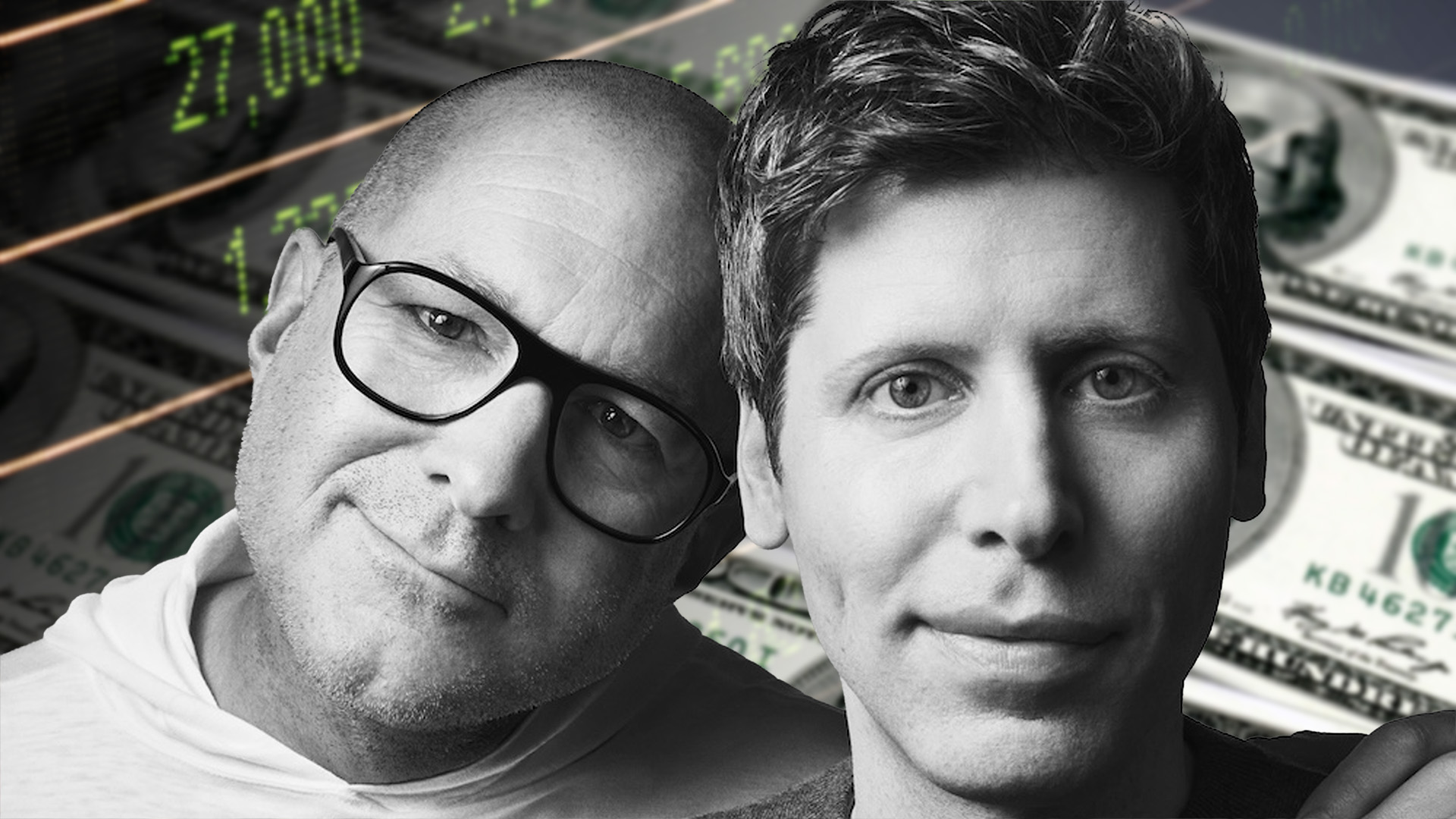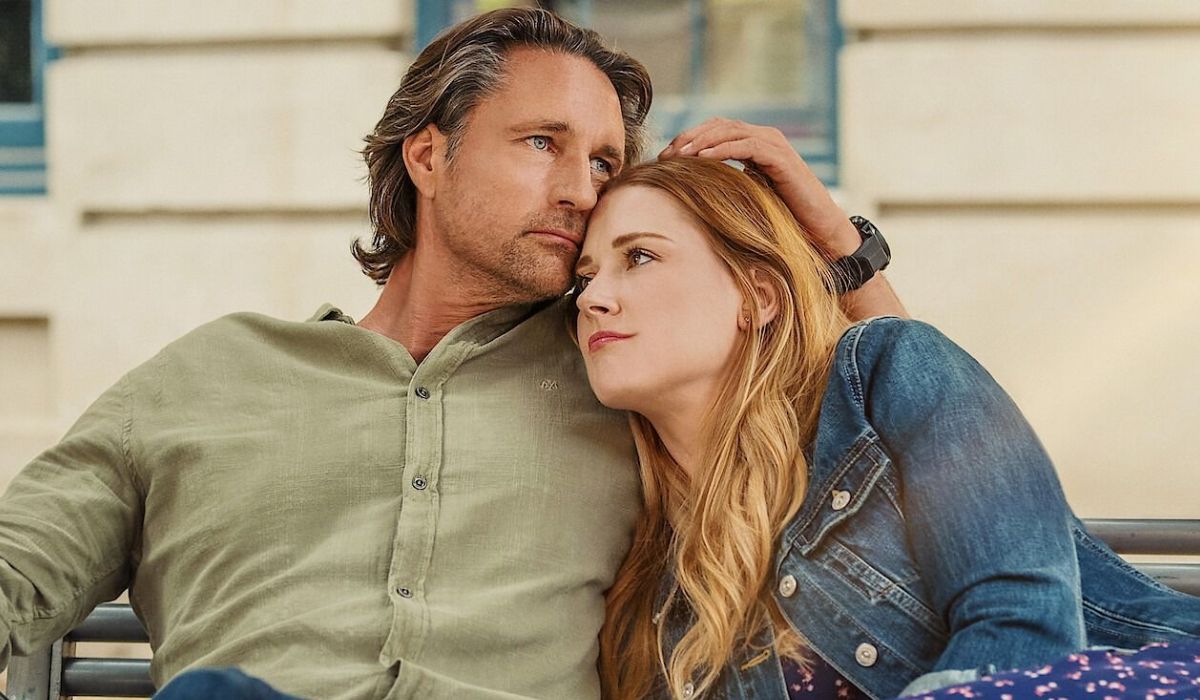OpenAI’s $6.5 billion purchase fuels Sam Altman’s quest to build next-gen computers for “transcendentally good” AI — The biggest tech disruption since the iPhone?

We’re excited to announce that our collaboration with Jony Ive is moving forward! Together, we aim to create exceptional AI hardware. In addition, we are pleased to share that we will be acquiring his esteemed company. Stay tuned for updates on this exciting journey.








